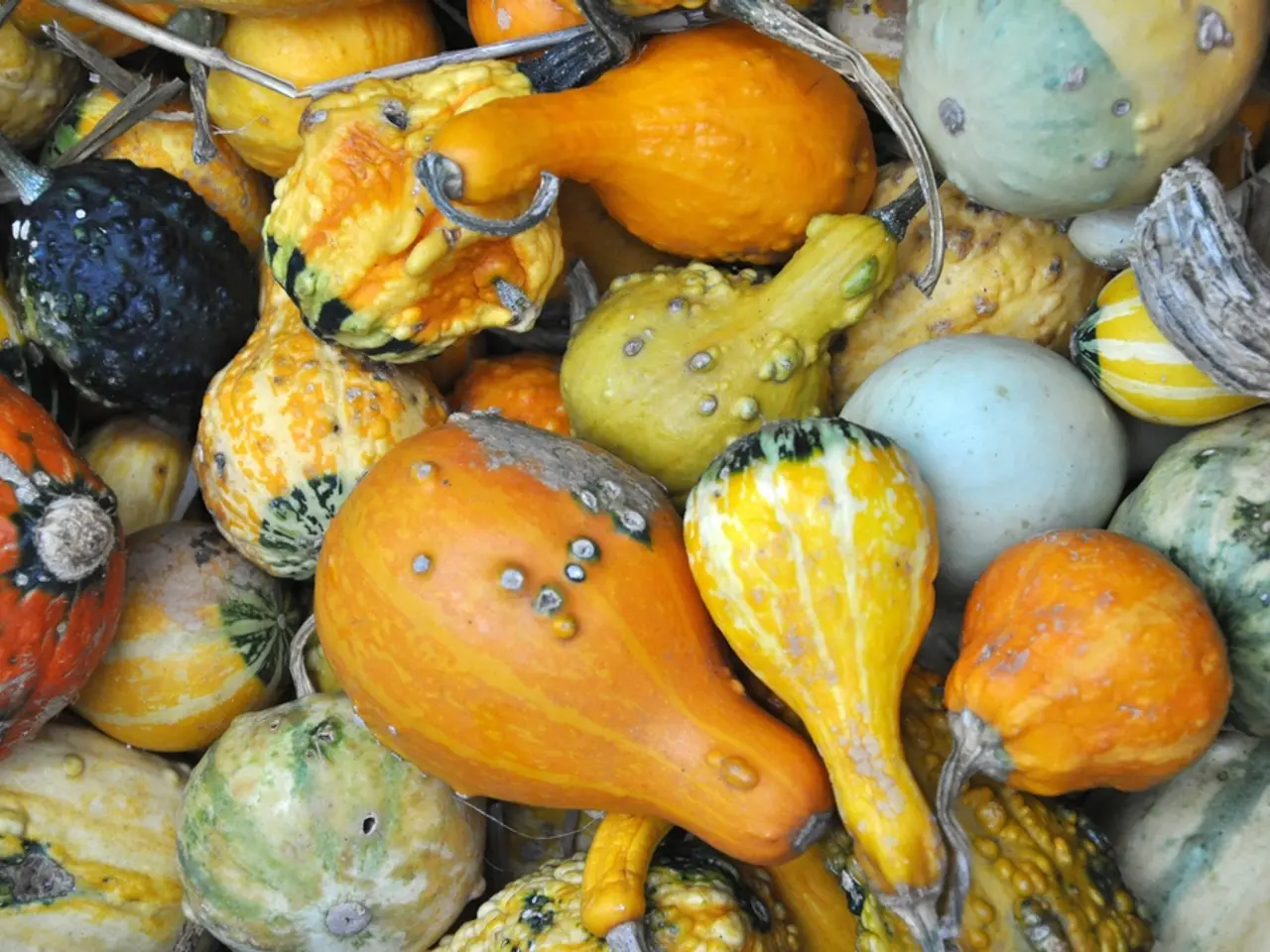Chores for your fruit and vegetable garden in February
In the midst of winter's chill, February offers a tantalising hint of the growing season to come. This month is a time for planning, preparing, and dreaming in the garden.
For those with greenhouses or polytunnels, it's a good opportunity to sow aubergine seeds in module trays filled with seed-sowing compost, covering them with a layer of vermiculite. Aubergines don't take kindly to our climate at this time of year and need a temperature of 18-21°C after sowing.
Preparing seed starting materials is also essential. Starting seeds indoors in February is a simple task that can be done by preparing expanding seed pods. February is also the perfect time to begin planning what to grow, ordering seeds, and getting ready for spring planting.
Strawberries, a favourite for many gardeners, can be forced to grow earlier by bringing them into an unheated greenhouse, conservatory, or well-lit porch. Water and feed them weekly with a high potassium liquid plant food for an early crop.
Gardeners with cold frames may also start early crops such as spinach or broccoli inside the cold frame to transplant later. These early crops can provide a taste of the coming growing season.
February is not just about starting plants, but also about taking care of existing ones. Removing weeds from the base of soft fruit bushes when visible is important to maintain a healthy garden. Cages covered with netting can also be used to protect soft fruit plants from birds.
Organic chicken manure pellets can be used for organic gardening as a plant food for spring cabbages. Feeding soft fruit bushes before buds burst increases the chances of a good crop. A potassium-rich granular fertiliser is suitable for soft fruit bushes, while feeding spring cabbages with a granular high-nitrogen plant food encourages strong growth.
Planting garlic now is also beneficial. Super healthy garlic can be planted, suitable for varieties such as 'Solent Wight' and 'Picardy Wight'. The tips of the cloves should be planted 2.5cm below the soil surface.
Jerusalem artichokes, with their unique taste and ability to grow up to 1.8m tall, can provide shelter to lower-lying crops. They can be planted 15cm deep and left 45cm between the plants in each direction. In the autumn, dig up Jerusalem artichoke tubers, which will add a nutty, earthy flavour to soups and stews.
Hazel stems and Cornus stems can be used as natural plant supports for runner beans, peas, and broad beans. These stems offer a rustic, eco-friendly alternative to traditional supports.
In conclusion, February is a month of 'do' and 'dream' in the garden. Whether it's sowing seeds, preparing seed starting materials, or taking care of existing plants, there's always something to do in the garden in February. So, dream about the coming growing season, and start preparing now!
Dream about the upcoming home-and-garden lifestyle with the growing season, as February is the perfect time to plan, prepare, and order seeds for your dream garden. Properly care for existing plants by removing weeds, feeding soft fruit bushes, and protecting them from birds using cages covered with netting.




